Imagine wandering through a lush, dew-drenched garden just after sunrise. Suddenly, you catch sight of a snail with its eye stalks pulsating in bright, unnatural colors—almost like a living, blinking traffic signal. It’s a scene that’s as mesmerizing as it is unsettling. What you’re witnessing isn’t a trick of the light or a bizarre mutation. Instead, it’s the chilling handiwork of a manipulative parasite, one that has turned an ordinary snail into a zombie-like puppet. Beneath this eerie spectacle lies a story of survival, control, and the mind-bending power of nature’s tiny invaders.
The Puppet Master: Meet Leucochloridium paradoxum
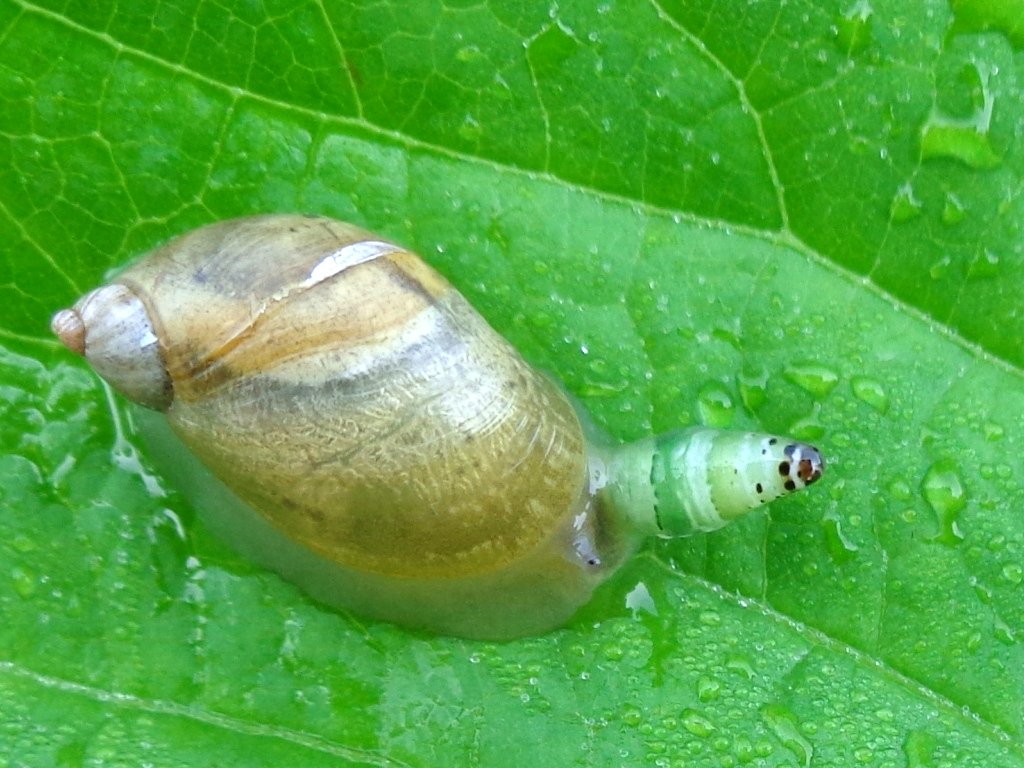
At the heart of this bizarre tale is Leucochloridium paradoxum, a parasitic flatworm with an extraordinary life strategy. Unlike most parasites, this one specializes in manipulating its host to an almost theatrical degree. The flatworm’s larvae invade land snails, particularly those that dwell in damp forests. Once inside, the parasite begins its transformation, not just surviving off its host, but taking over its behavior and even its appearance. What sets Leucochloridium apart is its ability to turn snails into beacons for hungry birds, the next step in the parasite’s life cycle.
How the Parasite Invades Its Host
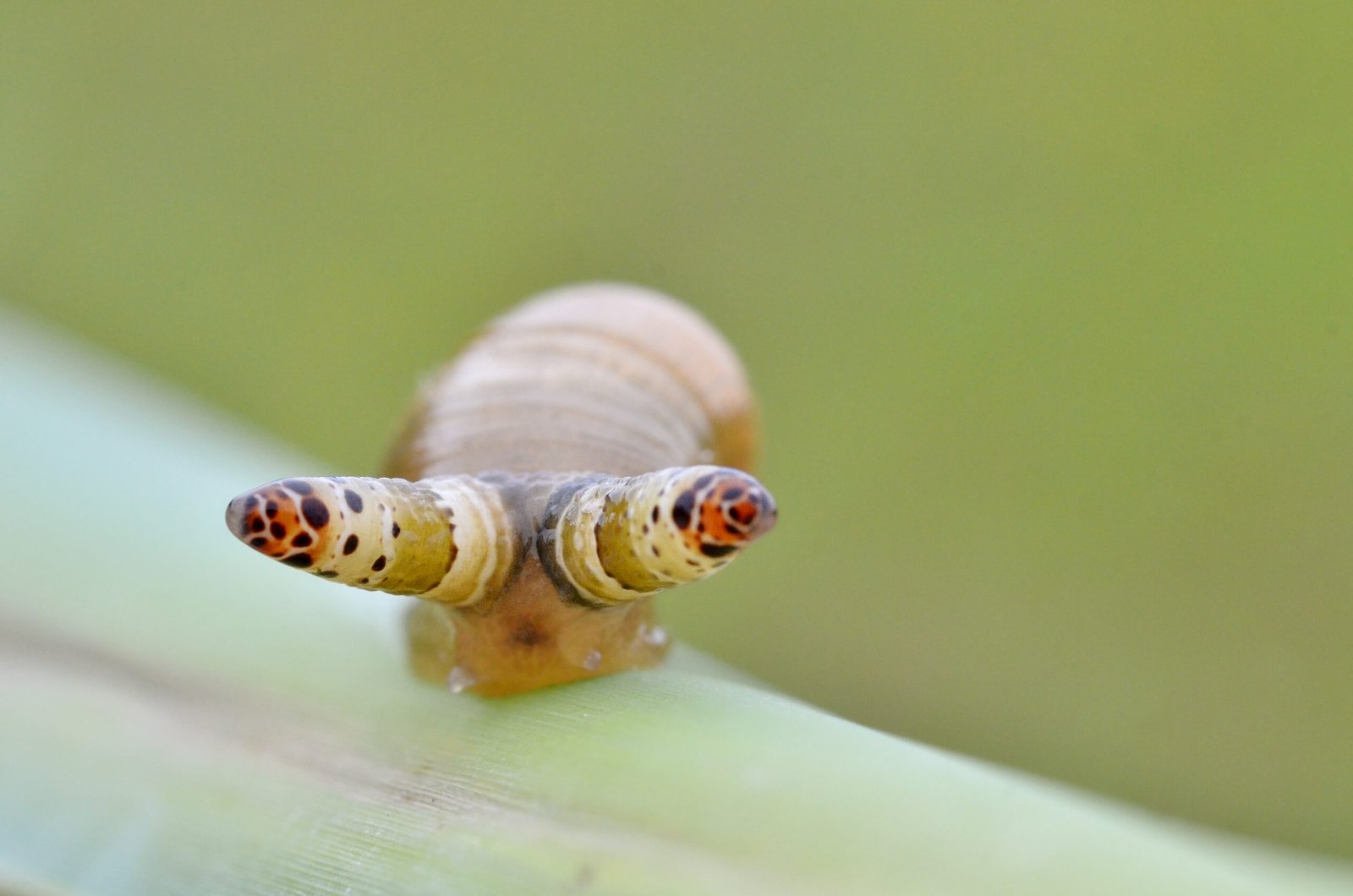
The journey begins innocently enough: snails grazing on leaves or moss inadvertently consume the parasite’s eggs, which are left behind in bird droppings. Once inside the snail’s gut, the eggs hatch into larvae and quickly start multiplying. These larvae then migrate to the snail’s eye stalks, where the real magic happens. The transformation is both gruesome and fascinating, as the parasite fills the eye stalks with pulsating, colorful broodsacs that mimic the look of caterpillars or grubs. The snail, now burdened by its unwanted guest, becomes a living billboard for hungry birds.
The Shocking Transformation: Snail to Zombie
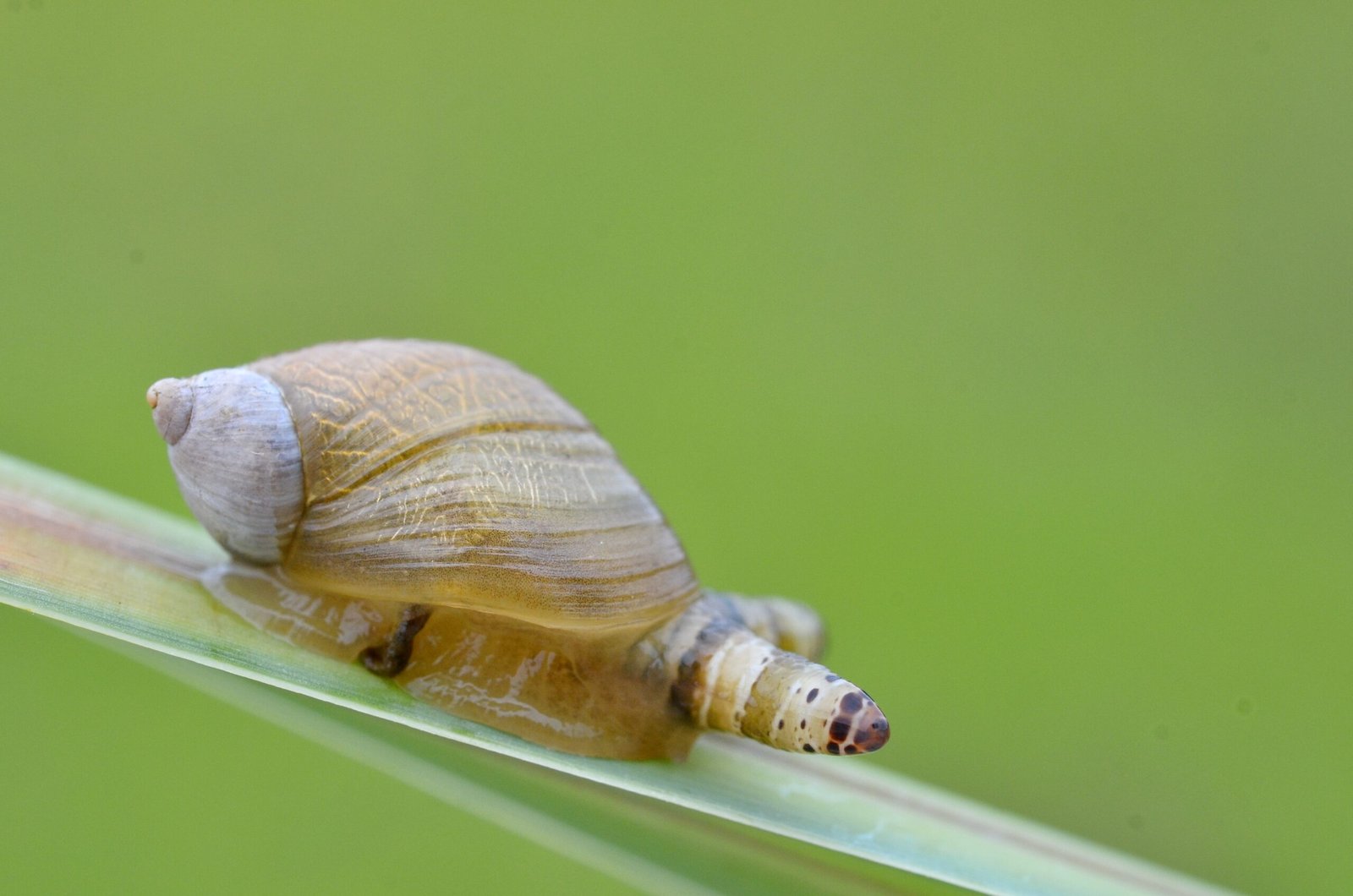
The infected snail’s eye stalks swell dramatically, turning translucent and banded with bright green, yellow, and sometimes red hues. These colors pulse and wriggle, making the snail’s eyes look like lively worms. It’s a grotesque but strangely beautiful sight. The parasite even manipulates the snail’s behavior, making it more likely to venture into the open during daylight hours. This is a bold move for a snail—normally a creature that shuns sunlight to avoid predators—but the parasite’s goal is clear: to get noticed by birds.
Mind Control: How the Parasite Hijacks Behavior
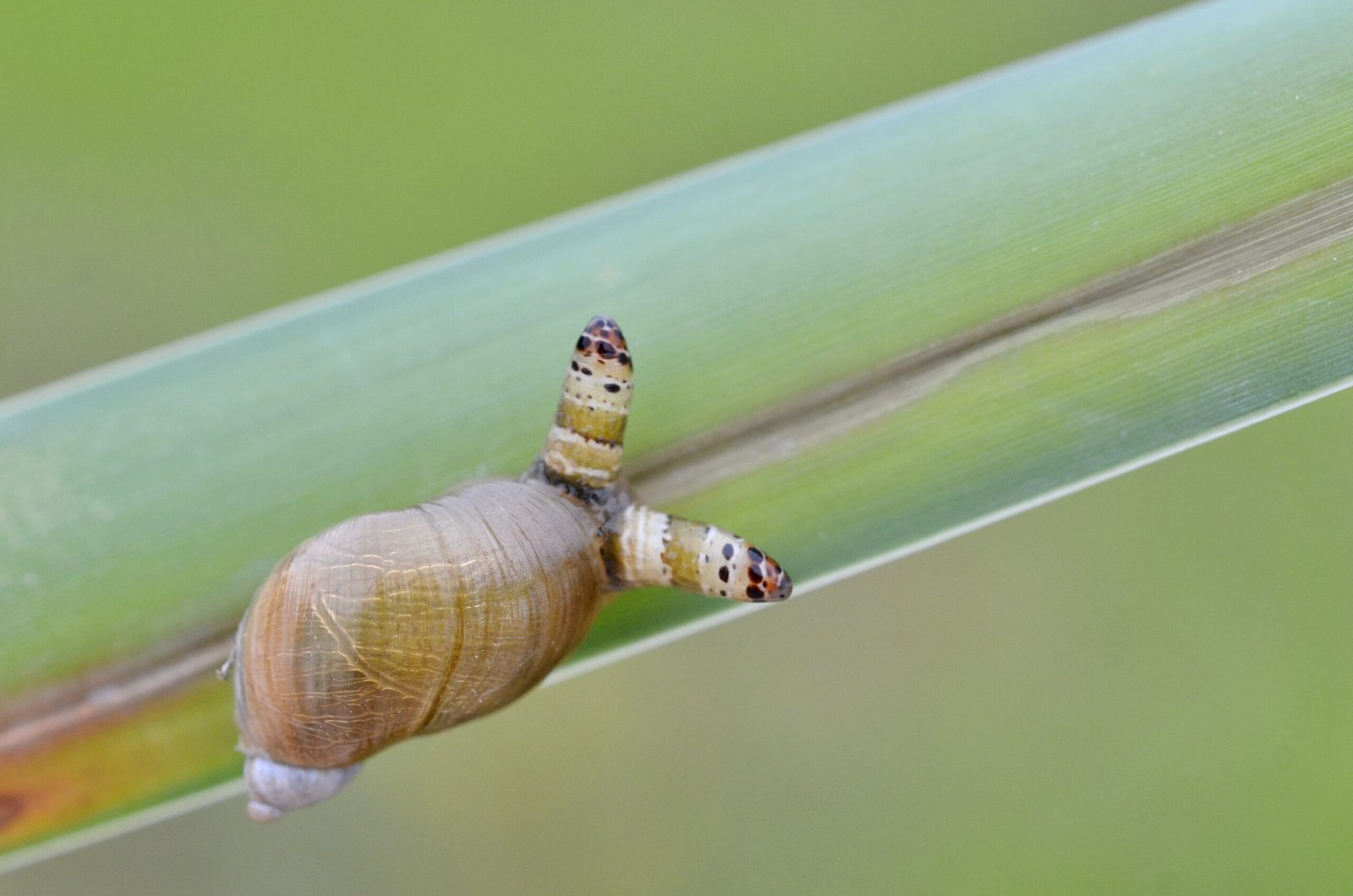
The most astonishing aspect of Leucochloridium’s strategy is its ability to override the snail’s natural instincts. By altering neurochemicals or simply damaging nervous tissue, the parasite effectively turns the snail into a risk-taker. The snail climbs higher on vegetation and exposes itself to daylight, behaviors that are practically a death sentence in the wild. It’s as if the parasite is pulling invisible strings, guiding its host straight into the beak of a waiting bird. This level of behavioral control is rare in the animal kingdom and highlights the terrifying ingenuity of some parasites.
The Final Act: The Bird’s Role in the Life Cycle
Once a bird spots the wriggling, colorful eye stalks, it swoops in for a quick snack, often biting off the infested part. The parasite’s broodsacs, now inside the bird, mature and reproduce within the bird’s digestive system. Eggs are then excreted in the bird’s feces, ready to begin the cycle anew when another unsuspecting snail comes along. This intricate relationship between parasite, snail, and bird is a haunting example of how interconnected life forms can be—sometimes in ways that seem straight out of science fiction.
Evolution’s Dark Genius: Why This Strategy Works
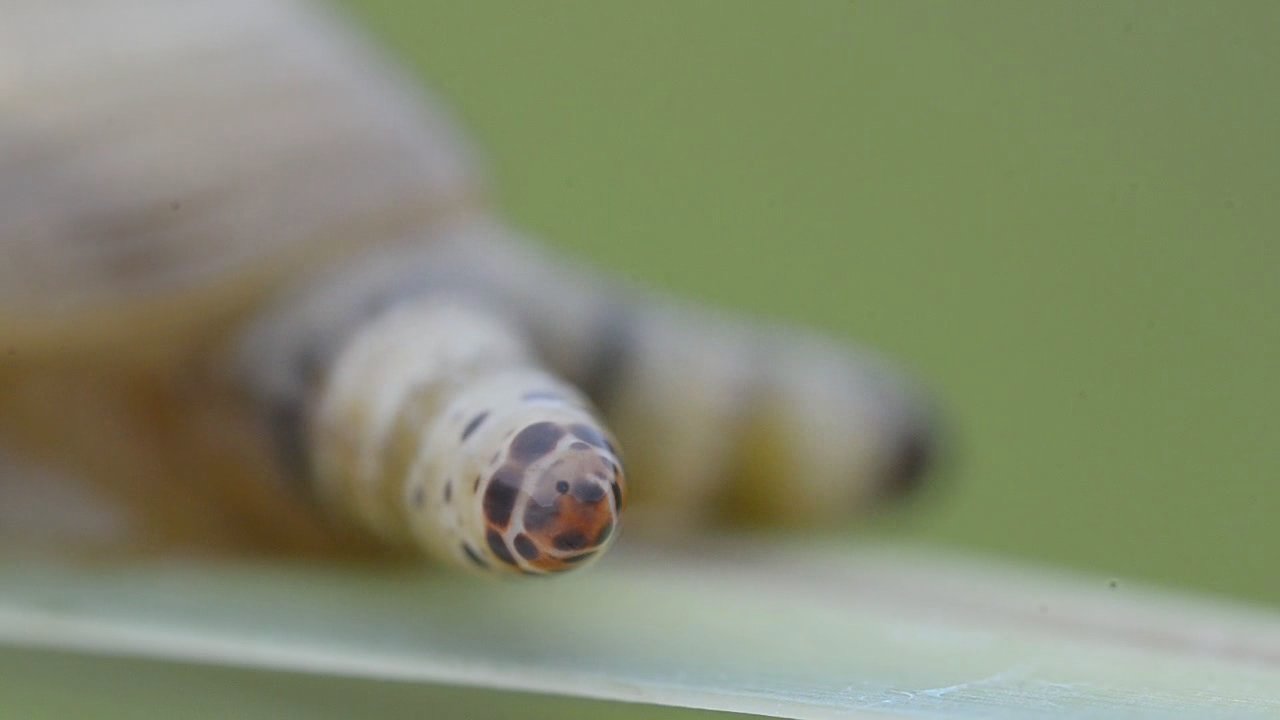
Leucochloridium paradoxum’s lifecycle is a masterclass in evolutionary adaptation. By using the snail as both a shelter and a vehicle, the parasite ensures its survival against impossible odds. Its ability to turn its host into a visual lure increases the chances that the parasite will reach its next host—a bird—without ever having to move itself. This strategy may seem cruel, but it’s a testament to the relentless arms race between predator and prey, parasite and host. Over millions of years, each has adapted to outwit the other, leading to this dramatic standoff.
The Science Behind the Mind Control
Researchers are still unraveling the precise mechanisms by which Leucochloridium controls its host. Some studies suggest that the parasite releases chemicals that alter the snail’s nervous system, dulling its natural aversion to light and height. Others believe that simple physical invasion of the eye stalks is enough to disorient the snail, making it easier to manipulate. This ongoing research sheds light on broader questions about how parasites can influence the behavior of their hosts, a topic that fascinates scientists and horror fans alike.
Real-World Encounters: Nature’s Living Horror Show
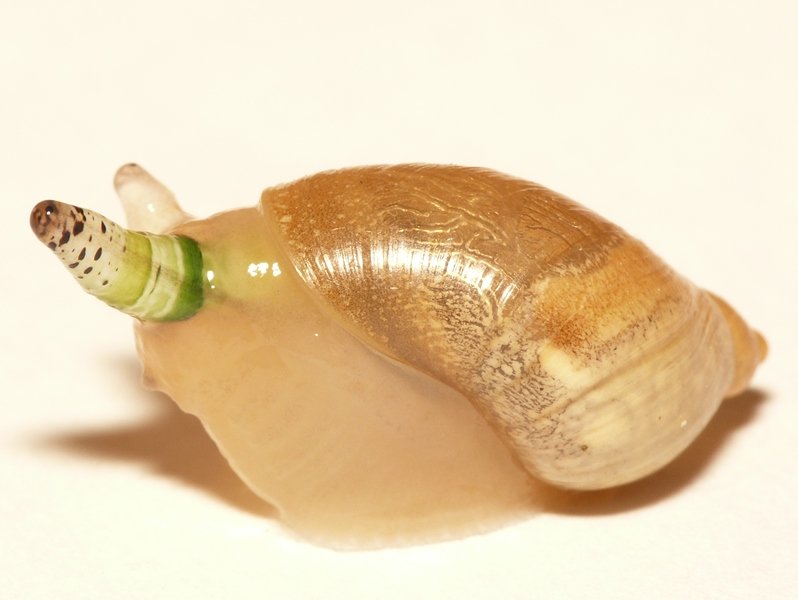
Encounters with zombie snails are rare but unforgettable. Hikers and gardeners have reported seeing snails with grotesquely swollen, flashing eye stalks, moving strangely and oblivious to danger. For those who stumble upon this sight, it can be both unsettling and awe-inspiring—a reminder that nature is far weirder than we often imagine. Even seasoned naturalists admit to being shocked the first time they witness this living puppet show. It’s a real-life horror story unfolding on a miniature stage, just beneath our feet.
Implications for Science and Medicine
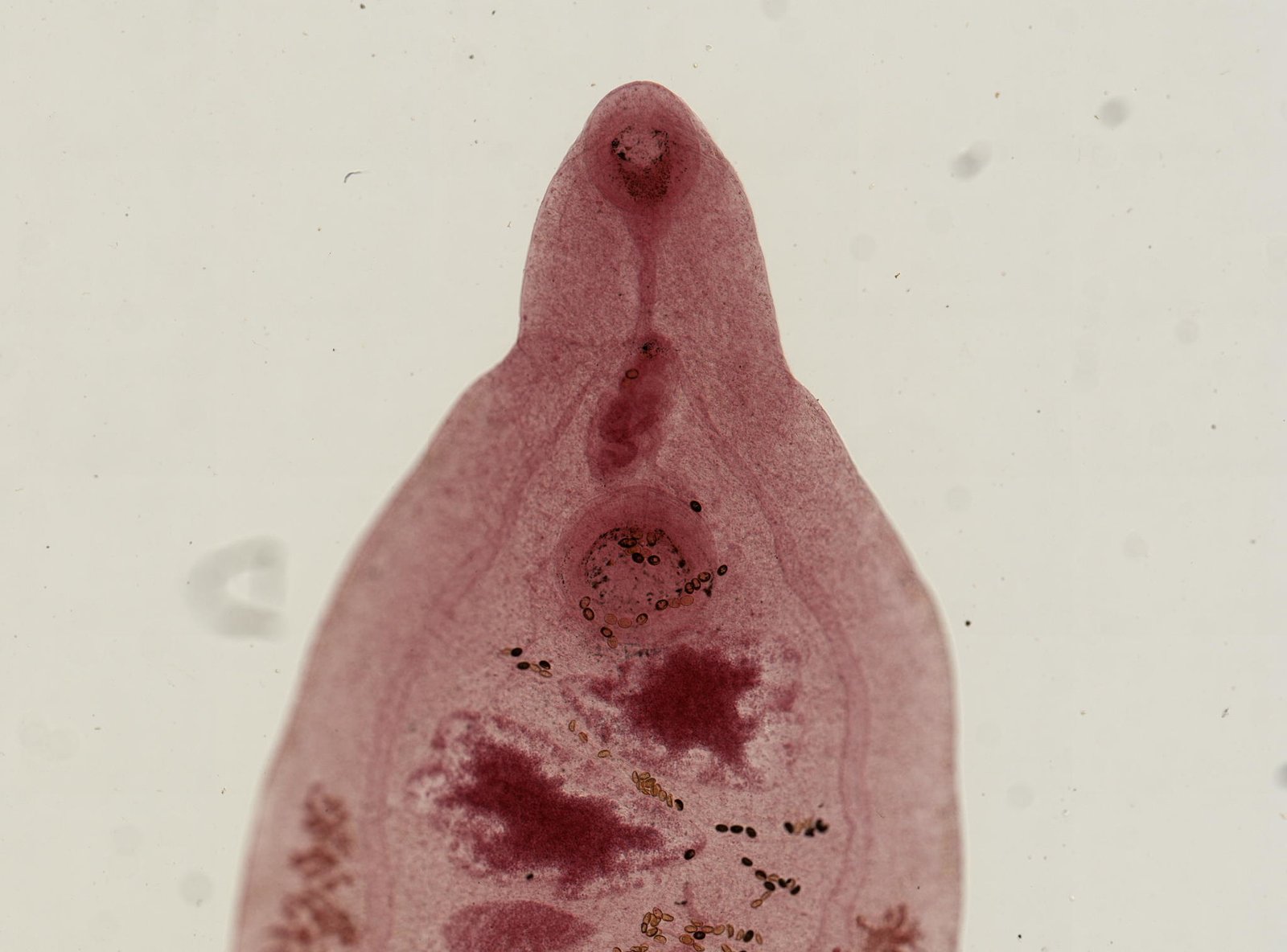
The study of parasitic mind control extends far beyond the world of snails and birds. Understanding how Leucochloridium manipulates its host could unlock new insights into neurology, immunology, and even mental health. If scientists can decode the methods these parasites use to hijack nervous systems, there’s potential for breakthroughs in treating diseases that affect the brain. Moreover, this research highlights the complexity of ecosystems, where even the smallest players can have outsized effects.
Lessons from the Zombie Snail
The story of the zombie snail is a vivid lesson in resilience, adaptation, and the wild creativity of evolution. It forces us to confront the uncomfortable reality that nature isn’t always gentle or fair. Instead, it is a constant battleground, where survival often depends on outsmarting, outmaneuvering, or outright controlling others. For anyone who has ever underestimated the power of the small and unseen, the puppet master in the garden is a shocking wake-up call.
The Unseen Wonders—and Terrors—Of Nature
Beneath the surface of our everyday world, hidden dramas like that of the zombie snail are playing out all around us. These stories, though unsettling, are also reminders of the endless invention and unpredictability of life on Earth. Next time you spot a snail inching its way across a garden path, remember that it may be hiding a secret—one that’s stranger and more astonishing than any fiction. What other hidden puppet masters might be lurking in the shadows, waiting to reveal their next act?




